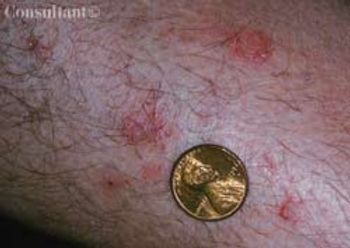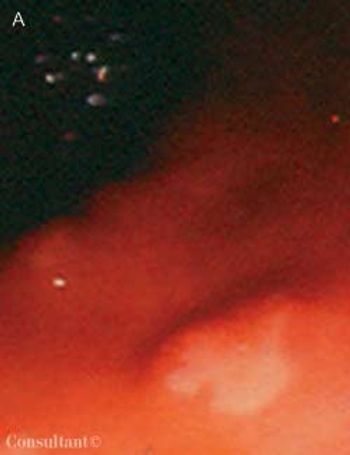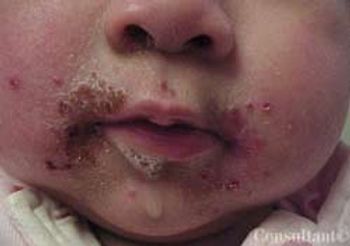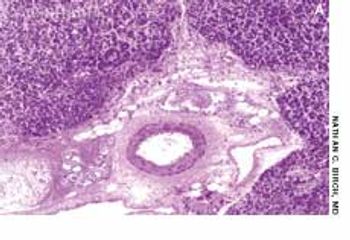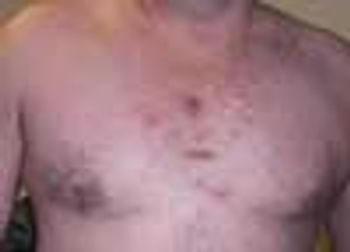
Painful cysts on the sternal and left axillary regions that had worsened over the past 3 weeks prompted a 42-year-old man to seek medical care. He reported that similar lesions in the same distribution first arose when he was 25 years old, and they recur each year. He denied having cystic acne in adolescence.















































































































































































































































































